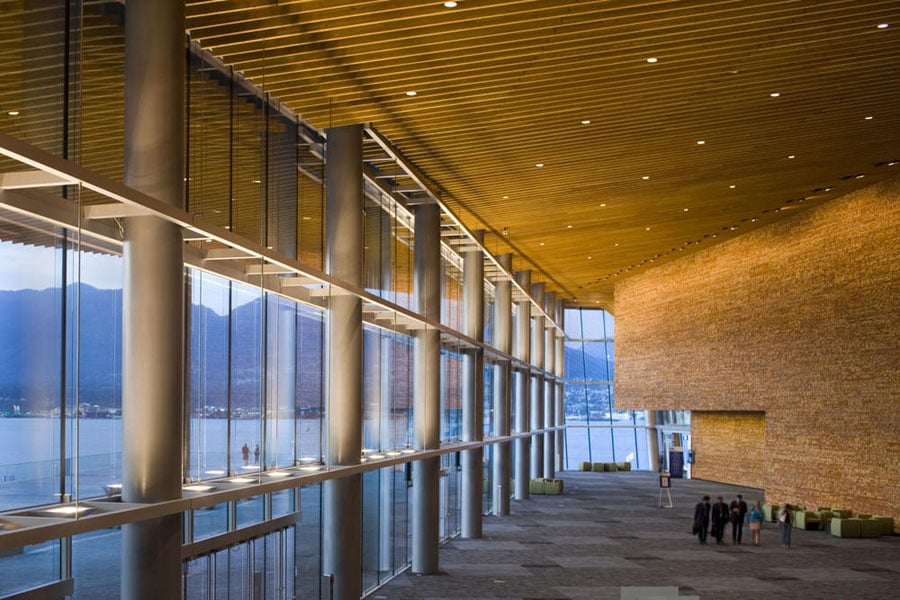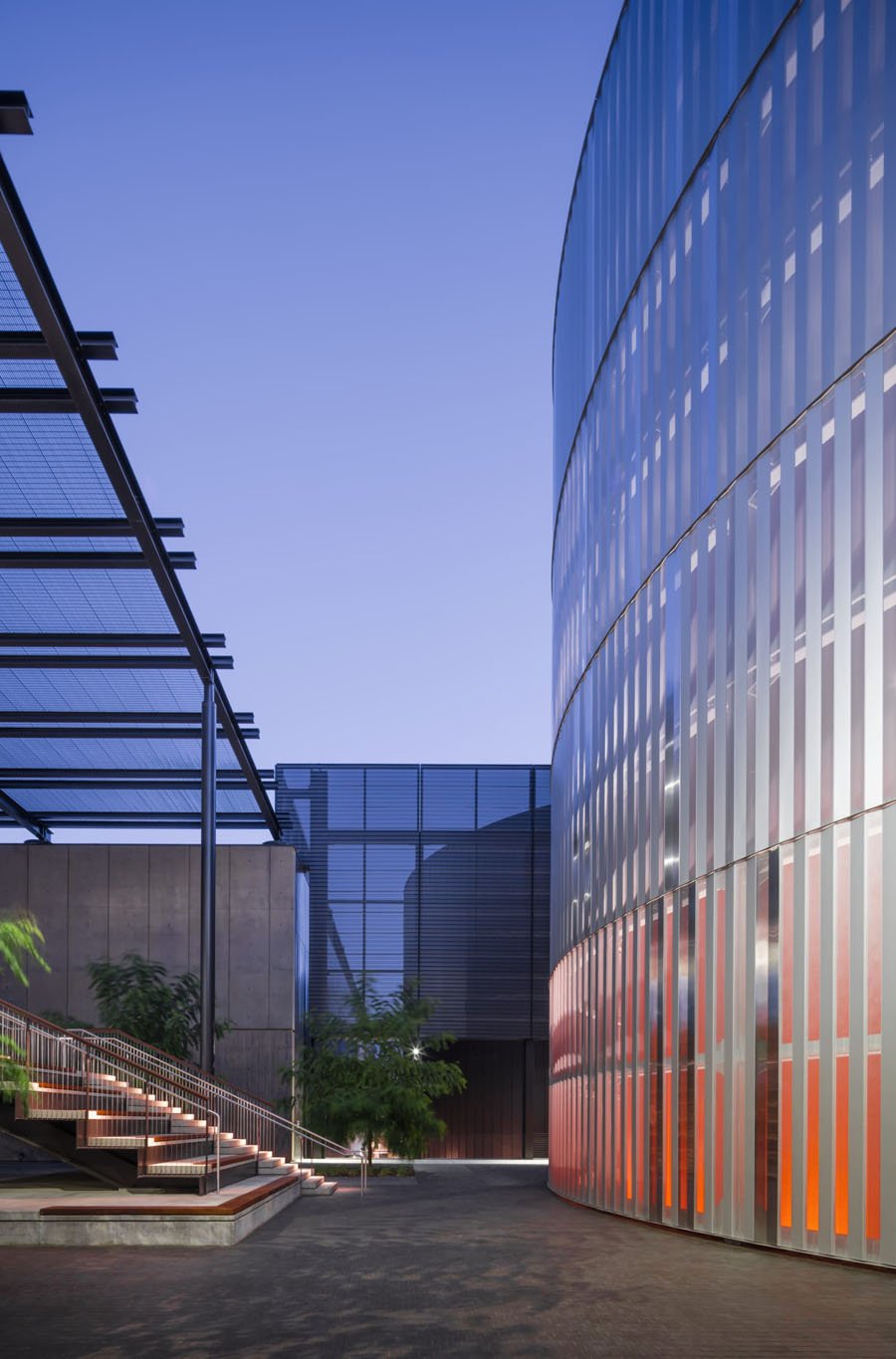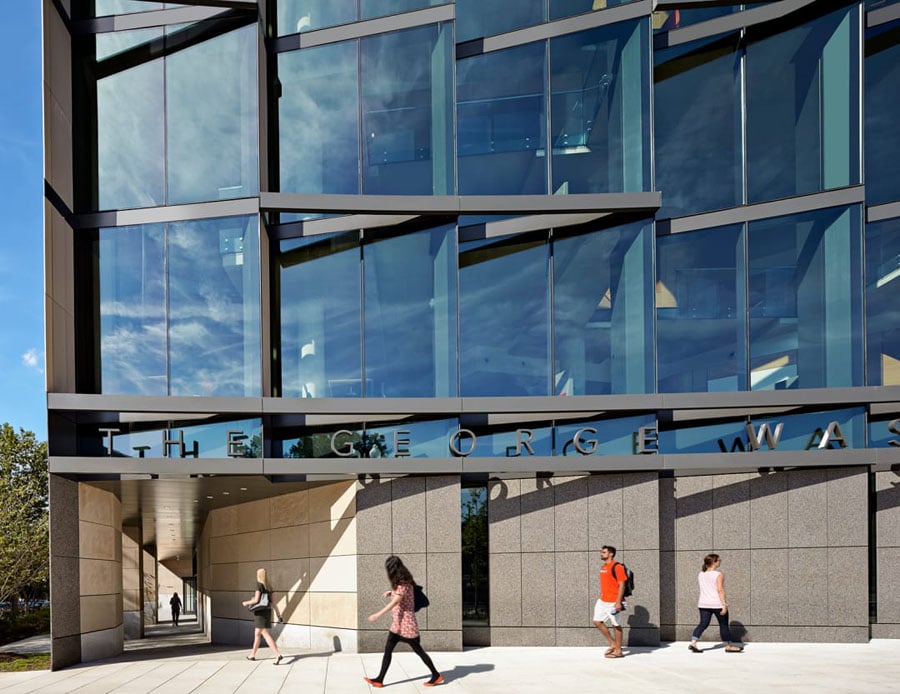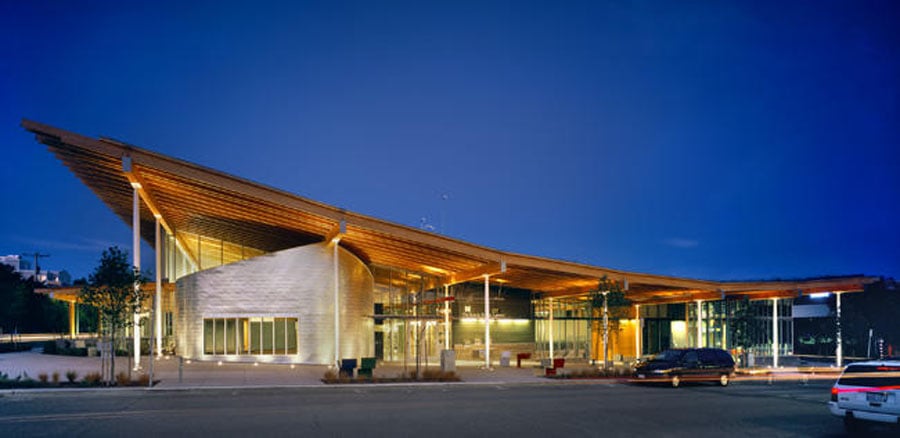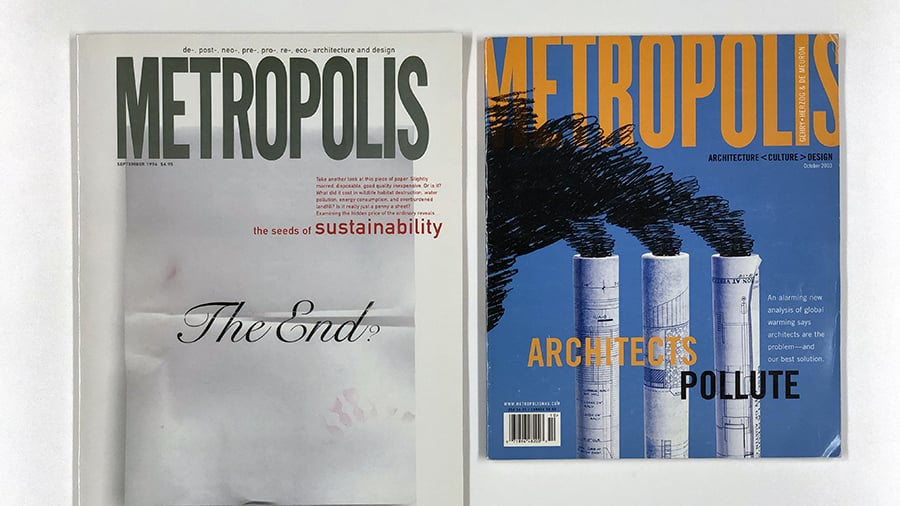
March 20, 2020
A Quiet Revolution: The Origins of Sustainable Design in the United States
On the 30th anniversary of the AIA Committee on the Environment, it is time to reflect on the pioneers who took up the cause of sustainability (Metropolis among them) when few others would.
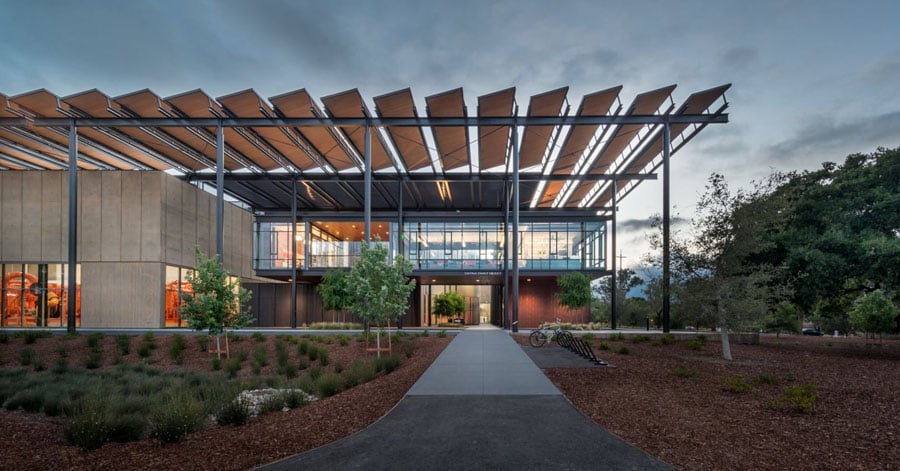
The year 1990 was a tumultuous time in architecture. Deconstructivism ruled the schools, and the profession was in the throes of what an editorial in the August issue of Progressive Architecture (P/A) called “a theory frenzy,” with many architects embracing “a cacophony of jargon appropriated from other disciplines hoping it will pass as theory when really it is just nonsense.” At the same time, the subtle ironies of early Postmodernism had given way to “entertainment architecture,” culminating in Michael Graves’ Dolphin and Swan Hotels, completed that year for Disney in Orlando. Despite their superficial differences, both “Decon” and “Pomo” were defined by excess; much of the work from that period took itself either too seriously or not seriously enough, and very little of it has aged well. It all came to a halt with an economic recession that led Paul Goldberger, then architecture critic for the New York Times, to define 1990 as the year “the money all went away.”
That Summer and Fall, a small group of architects met in Kansas City and Washington and, completely without fanfare, redefined the direction of American architecture.

Bob Berkebile, Paul Bierman-Lytle, Greg Franta, Kirk Gastinger, Harry Gordon, Hal Levin, Bill McDonough, Chris Stafford, and Kelly Vresilovic became the original steering group of the American Institute of Architects Committee on the Environment (COTE), now the oldest organization in the US dedicated to sustainable design. The transcript of the July conversation in Kansas City reveals just how prescient they were. “Do we have consensus that the planet’s in trouble?” posed one of the participants. “If we are going to turn this around,” Berkebile replied, “we have about 40 years to do it.” With a sense of urgency even back then, the group laid out all the issues that still challenge the industry today: climate change, energy efficiency, material waste, resource conservation, human health, indoor air quality, deforestation, biodiversity, post-occupancy performance, etc. Berkebile described the need for “sustainable architecture,” a phrase so unfamiliar that, according to Google Scholar, it appeared in print only four times that year—all in obscure academic papers.
The founders of COTE were not the first to address these questions, of course. The ideas behind sustainable design are ancient, and there had been many pioneers advocating for environmental awareness in contemporary architecture. Yet, as the first organization in the US dedicated to sustainable design, COTE initiated what sociologists refer to as the third of four phases of any social movement, “formalization”—the point at which nascent ideas become organized in ways that help it grow dramatically in scale.
In this sense, COTE’s launch was momentous—and far-sighted. The statement printed on the agenda at the November meeting in DC could have been written today: “Our definition of environment is changing… It is this built environment—the one created by man—that has the most immediate impact on our lives, our health, and our future… [B]uildings have a direct impact on the world around us…Every design decision has its consequences.”
It is impossible to overstate how ahead of their time these ideas were. For years to come, the design media completely ignored these ideas—a notable exception being coverage in Metropolis, which, for example, dedicated an entire issue to “The Seeds of Sustainability” (September 1996). Yet, while generally overlooking the potential for sustainability to transform architects’ values, the design media nevertheless was highlighting desires for a paradigm shift. “People are losing patience with stylistic polemics and are looking for other issues,” noted the July 1990, issue of P/A, which celebrated the work of young architects. “[T]here is a search for a kind of architectural morality.” The same month, COTE announced a new kind of architectural morality, but few seem to have noticed. Back then, Deconstructivism was hailed as “radical,” but while that work now looks passé, COTE’s vision was one of truly radical transformation.
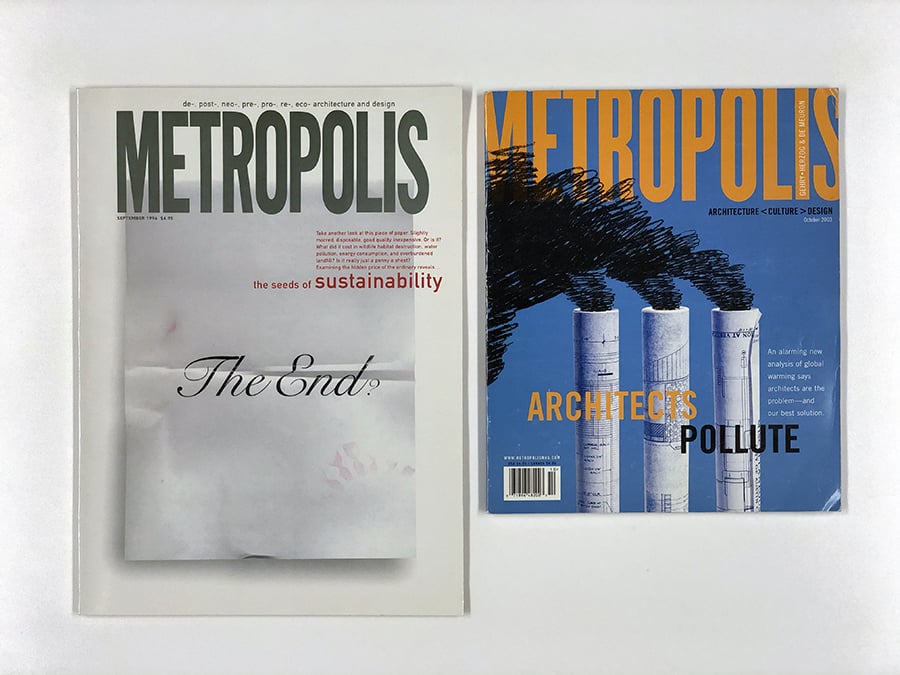
Throughout its history, COTE has continued to anticipate where the industry should go. Its inauguration predated the US Green Building Council by three years. In 1997, before the LEED rating system appeared, COTE launched the Top Ten Awards program to illustrate how projects can pursue sustainable performance. In 2002, COTE began to develop its sustainable design measures and metrics, which the AIA adopted as its Framework for Design Excellence just last year. One of COTE’s original goals was to include performance metrics in the Institute Honor Awards, but that didn’t happen until 2014. The original COTE steering group called for the AIA to issue a formal statement on the urgency of environmental action: “The AIA should clean up its own house first,” noted McDonough at the July 1990, meeting. “That’s putting our money where our mouth is.” The Institute did release such a statement—a quarter-century later (“Where Architects Stand,” January 2017). While I served on the COTE Advisory Group in 2016, we conducted research on 200 Top Ten case studies (Lessons From The Leading Edge) and found that COTE’s framework had heavily influenced some of the most important buildings of the past two decades.
Two or three decades before the design industry’s recent interest in wellness, COTE declared that “the built environment dominates human life—and health.” This seems especially prophetic today, in the middle of a global pandemic that is keeping us all indoors.
While the profession continues to catch up, the best way for COTE to honor its own legacy is to stay focused on a single question: What overlooked issues today will become essential for designers a generation from now?
Lance Hosey, FAIA, LEED Fellow, is a Principal and Design Director with Gensler, where he co-leads global sustainability strategies. His latest book, The Shape of Green: Aesthetics, Ecology, and Design, has been Amazon’s #1 bestseller for sustainable design.
You may also enjoy “What Architects Need to Know About Carbon.” To stay up to date on Metropolis’s coverage of this topic, go to our Sustainability page.
Would you like to comment on this article? Send your thoughts to: [email protected]
Recent Viewpoints
Viewpoints
The Radical Reshaping of Craft



